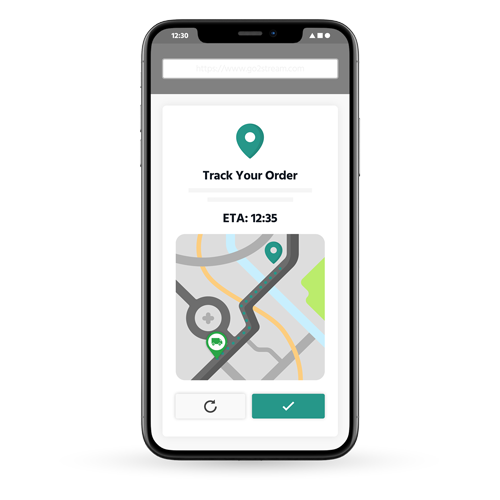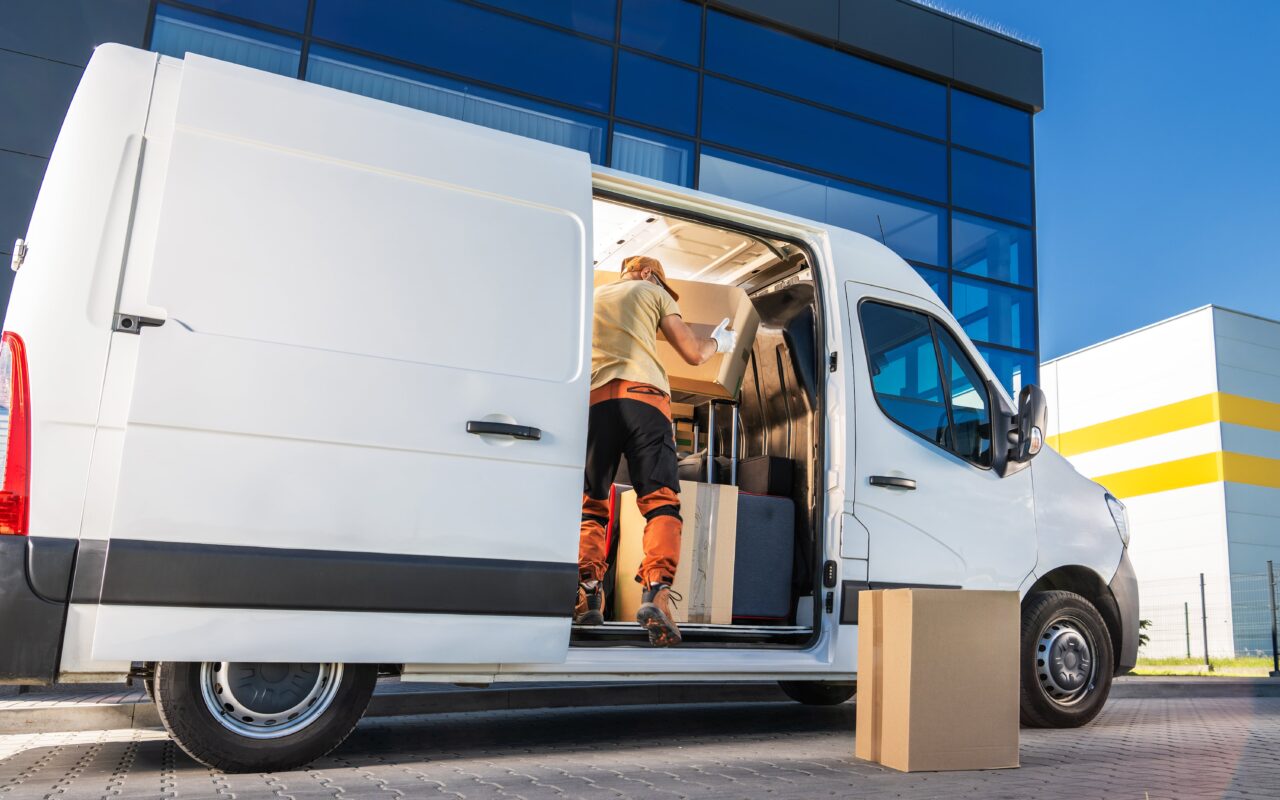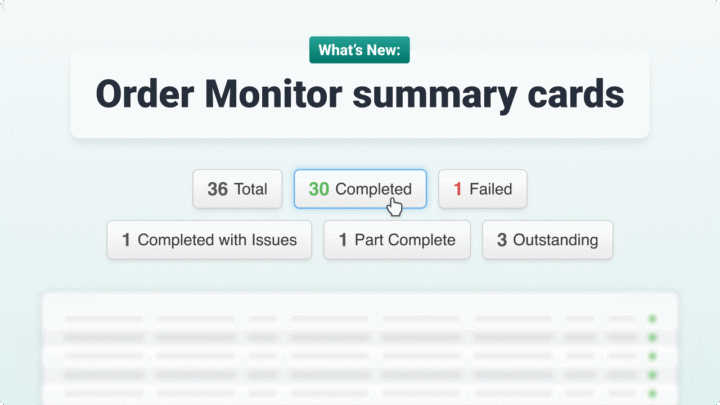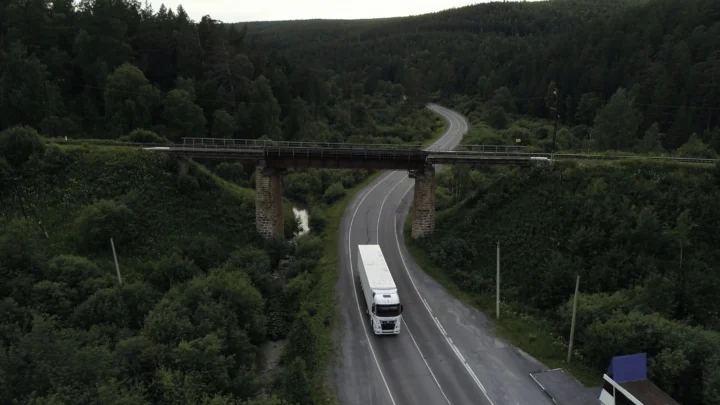To put it simply, the last mile is the final step in the delivery process and is where the package finally reaches the customer.
At Stream, we consider it the most critical step in the order to delivery process because it’s where your service directly meets the customer.
Quite often, it is the only time that there is human interaction between you and the customer, especially when purchases are made online.
A smooth last mile (or final mile) delivery can significantly boost customer satisfaction.
Any issue in that delivery can, however, tarnish your brand’s reputation.

In an era where customers expect fast deliveries and real-time delivery updates, failing to optimise this phase can lead to dissatisfaction and lost business.
Beyond the immediate impact on customer satisfaction, last-mile delivery is pivotal in establishing long-term customer relationships.
Customers who experience timely and efficient deliveries are more likely to return for future purchases, fostering brand loyalty.
Companies that do well in this area often gain a competitive edge. They stand out in a crowded market where the delivery experience is as important as the product itself.
The challenges of last mile delivery
There are significant last mile delivery challenges for businesses to overcome.
Navigating urban congestion. Managing delivery windows and required times. Dealing with unexpected variables such as traffic or weather to name but a few.

[We’ve previously written about how traffic impacts delivery times when we compared data from Stream with data from TomTom’s Traffic Ranking Index.]
Never a dull moment in logistics, these factors can derail delivery schedules and increase costs.
For transport and logistics managers, the last mile delivery phase requires precise planning and execution.
Moreover, with rising customer expectations, the pressure to provide accurate delivery windows and real-time updates is higher than ever.
Customers want to know exactly when their order will arrive and any delays immediately.
The unpredictable nature of last mile delivery also means that companies must constantly adapt to new challenges. Whether those challenges stem from regulatory changes, technological advancements, or shifts in consumer behavior.
This constant adaptation requires a robust and flexible delivery management system.
How last mile delivery tracking enhances customer experience
Real-time order tracking
Last mile delivery tracking software enables real-time order tracking, a feature that modern customers have come to expect.
This transparency allows customers to see exactly where their order is and when it will arrive. Such visibility not only enhances the customer experience but also builds trust and loyalty.
In addition to fostering trust, real-time tracking can reduce anxiety for customers awaiting important deliveries and increase delivery success rates as customers know when their order will arrive, especially when combined with automated delivery notifications.
The ability to monitor an order’s journey in real-time reassures customers, making them feel more in control of their purchase experience. This empowerment leads to a more satisfying interaction with the brand, as customers feel valued and prioritised.
Logistics tracking improves delivery success rates
By optimising delivery routes and providing real-time tracking information, last mile delivery solutions minimise delays.
They ensure that your orders are delivered on time, every time. This reliability is key to maintaining high customer satisfaction levels.
Improved delivery success rates also translate to cost savings for businesses. Fewer missed deliveries mean less need for redelivery attempts, which can significantly reduce operational expenses.
Moreover, a reputation for punctuality can lead to increased customer referrals, as satisfied customers are likely to recommend a service that consistently meets (or even exceeds) their expectations.
Proactive communication
Through last mile delivery tracking, logistics teams can proactively communicate with customers about any changes or delays.
This proactive approach turns potential negative experiences into positive ones, as customers feel informed and valued.
Proactive communication is not just about relaying delays; it’s about managing expectations and providing solutions.
When customers are informed promptly about delivery issues and offered alternatives or compensation, they are more likely to remain satisfied and loyal.
This level of engagement demonstrates a company’s commitment to excellent customer service and can enhance its overall reputation.
The role of technology in last mile delivery tracking
Advanced delivery tracking software
Investing in advanced delivery tracking software is crucial for logistics managers looking to streamline operations.
These platforms provide real-time data and analytics, helping businesses make informed decisions about route optimisation and resource allocation.
Such software also enables predictive analytics, allowing companies to anticipate potential issues before they arise.
By analysing patterns and trends, businesses can proactively address common delivery bottlenecks and improve overall efficiency. The integration of artificial intelligence and machine learning in a number of logistics management systems has further enhanced their capabilities by enabling continuous improvement in delivery processes.
Integration with existing systems
Modern delivery tracking solutions seamlessly integrate with existing logistics systems, ensuring a smooth transition and minimal disruption to your operations.
Better still, delivery tracking is embedded within the application. This is the case with Stream.
Having the feature integrated enhances efficiency and reduces the learning curve for your team.
It also streamlines the approach, not only improving delivery accuracy but also enhancing customer service by providing consistent and reliable information.
Delivery tracking is available within the starter, pro and enterprise pricing plans.
Sustainability and last mile delivery
Reducing the carbon footprint of delivery operations is now, more than ever, a top priority.
Last mile delivery tracking, alongside route planning deliveries, plays a significant role in achieving eco-friendly logistics.
Route optimisation for reduced emissions
By using data-driven insights, logistics managers can optimise delivery routes to reduce unnecessary mileage and, consequently, lower carbon emissions.
This optimisation not only benefits the environment but also reduces fuel and operating costs.
Moreover, route optimisation contributes to better urban traffic management.
By minimising the number of vehicles on the road and optimising their routes, companies can alleviate congestion and improve air quality in urban areas. This commitment to sustainability can enhance a company’s reputation and appeal to environmentally conscious consumers.
Electric and hybrid fleet management
Incorporating electric and hybrid vehicles into your fleet is another effective way to reduce emissions – a trend we’ve certainly seen increasingly across the Stream subscriber base.

Last mile delivery tracking systems can help manage these fleets efficiently, ensuring they operate at peak performance.
Managing an electric or hybrid fleet requires careful planning, particularly regarding charging infrastructure and energy management.
Delivery tracking systems can assist in monitoring vehicle performance and energy usage, helping companies maximize their investment in green technologies.
This transition not only supports environmental goals but can also result in long-term cost savings as fuel prices continue to rise.
Conclusion
Last mile delivery tracking is more than just a logistical tool; it’s a game-changer for customer satisfaction.
By embracing technological innovations in this area, businesses can enhance their delivery success rates, reduce carbon emissions, and ultimately, delight their customers.
For logistics managers, sustainability officers, and e-commerce business owners, investing in last mile delivery tracking is not just a wise choice—it’s an essential strategy for success in today’s competitive market.
Embrace these innovations and transform your delivery operations into a model of efficiency and customer satisfaction.
Furthermore, as the industry evolves, those who prioritise last-mile delivery tracking will not only meet customer expectations but set new standards for excellence.
The future of logistics lies in the ability to adapt and innovate, and last mile delivery tracking is at the forefront of this transformation.
Arrange a demonstration to see Stream’s delivery tracking system in action.
Or, for further reading on the topic, discover how last mile delivery tracking enhances operational efficiency.



